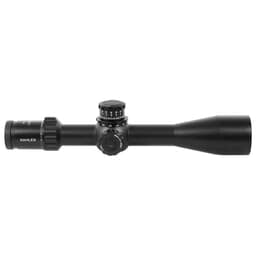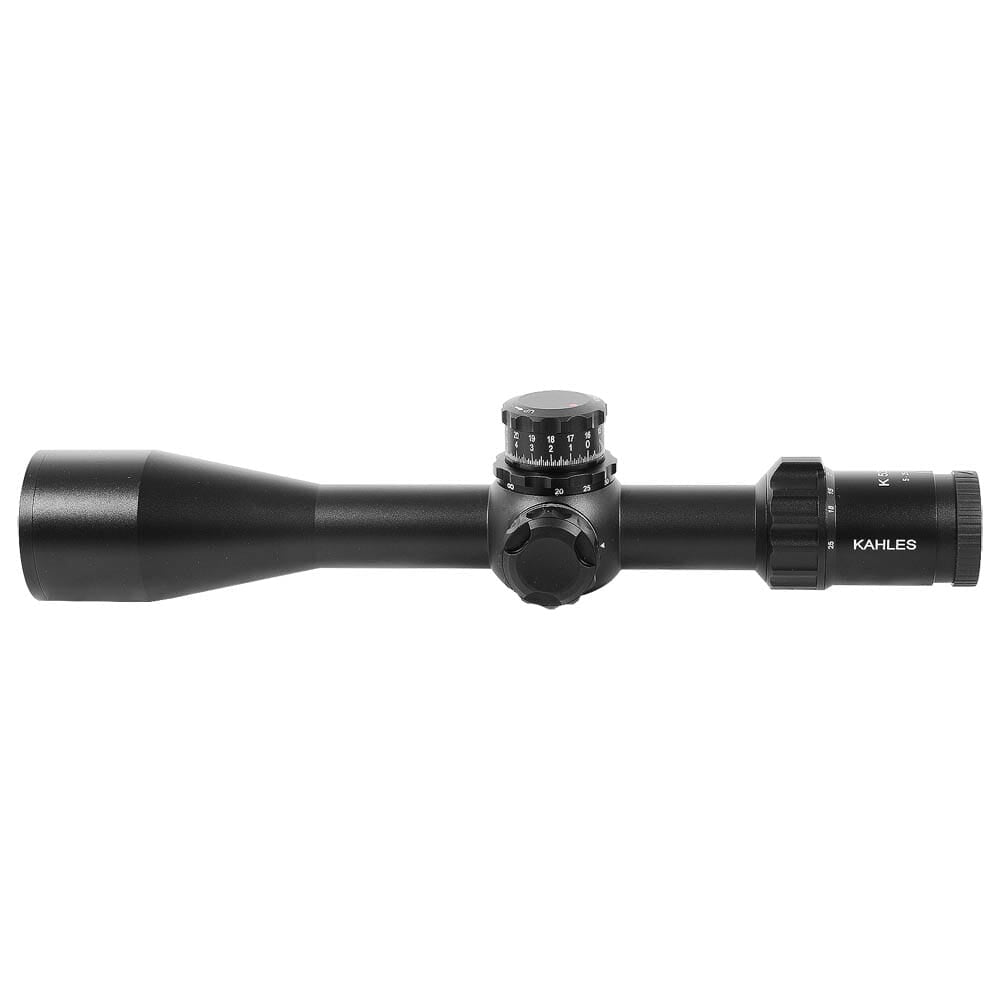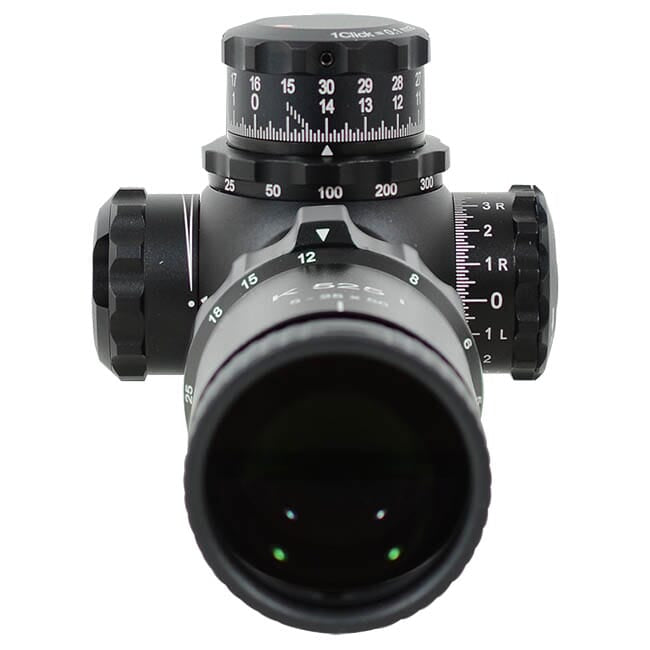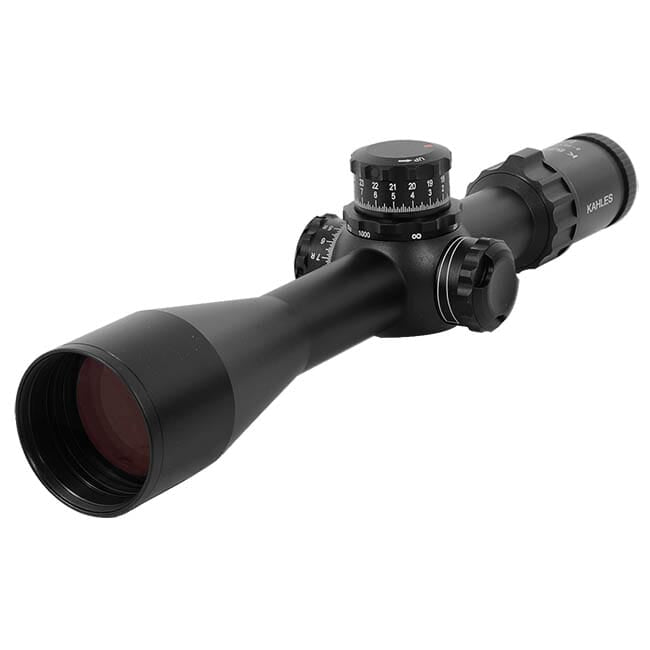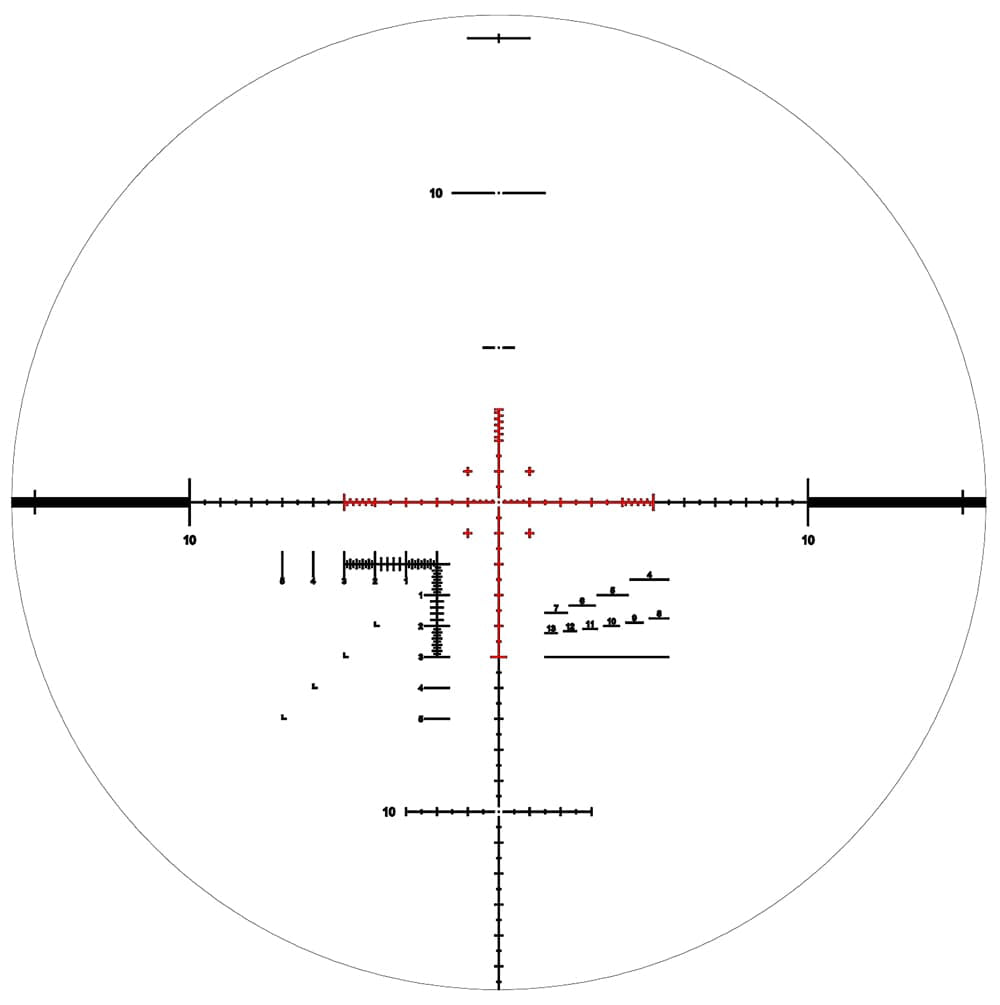

Kahles K525i 5-25x56 CCW .1mrad MSR2 RSW offers precision for competitive shooting and tactical applications. The first focal plane (FFP) reticle ensures that subtensions remain accurate across all magnification levels, facilitating quick target acquisition. With a robust construction designed to endure harsh conditions, this scope is suitable for diverse shooting environments. The ergonomic control layout allows for easy adjustments, whether you're in the field or at the range, making it versatile for both seasoned marksmen and beginners alike.
Equipped with advanced optics, the K525i enhances visibility during low-light conditions. The patented Twist Guard technology prevents accidental zero loss, ensuring consistent performance. The illuminated reticle provides clarity without hindering focus on the target. This rifle scope combines high functionality with user-friendly features, making it a reliable choice for precision shooting.
Features:
- HIGH CONTRAST IMAGING for clear visibility in challenging conditions.
- OPTIMIZED TURRET PLACEMENT allows for quick adjustments without compromising your shooting position.
- FIRST FOCAL PLANE RETICLE ensures consistent accuracy across all magnification levels.
- PATENTED TWIST GUARD prevents unintentional changes to your zero while facilitating fast adjustments.
- RUGGED CONSTRUCTION designed to withstand harsh environments and rigorous use.
- EXCEPTIONAL REPEAT ACCURACY guarantees reliable performance shot after shot.
- LARGE ADJUSTMENT RANGE covers all your long-range shooting needs.
- HIGHLY VISIBLE TURRET INFORMATION for easy and quick readings during critical moments.
Technical Specifications Table
| Specification | Detail |
|---|---|
| Magnification Range | 5-25x |
| Objective Diameter | 56mm |
| Exit Pupil | 9.5 - 2.3 mm |
| Weight | 34.2 oz. |
| Field of View | 21.3'-4.5' @ 100 yds |
| Parallax Adjustment | 22 yards-infinity |
| Eye Relief | 3.74" |
| Turret Rotation | Counter Clockwise (CCW) |
What’s in the Box?
- Lens covers
- Padded case
- Neck strap
Customer Reviews
"The K525i has transformed my long-range shooting. The clarity is unmatched!"
"I love how intuitive the adjustments are. I can shoot without distraction."
"Durable and precise, this scope is worth every penny!"
FAQ
How does the K525i compare to other long-range scopes?
The K525i stands out with its illuminated first focal plane reticle and patented Twist Guard, providing superior reliability and speed compared to many competitors.
Is the scope suitable for both left and right-handed shooters?
Absolutely! With options for Left Side Windage (LSW) and Right Side Windage (RSW), it caters to both preferences seamlessly.
Similar Models
Looking for more options? Check out our extensive Kahles lineup, including alternatives like the Kahles K318i for an optimized short-range experience or the Kahles K624i for enhanced long-range capabilities. Explore our full collection for exceptional optics tailored to your shooting adventures.
You May Also Like
Here’s some of our most similar products people are buying. Click to discover trending style.

